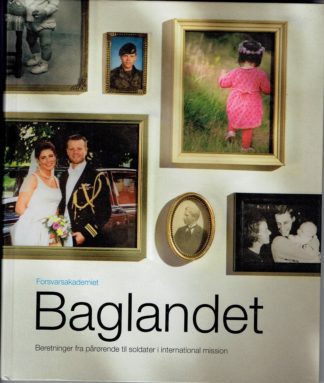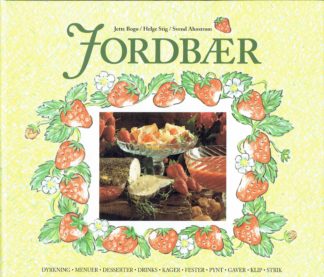Beskrivelse
INDHOLD: List of fogures. – List of tables. – Guide to pronunciation and spelling. – The Aztecs of Mesoamerica. – Whi were the Aztecs? – Mesoamerican context. – The Aztec environment. – Sources of information. – Ethnohistory. – Archaeology. – Art history. – Astec studies today. – Reading a ritual codex. – The rise of Aztec civilization. – Timetables. – Pre-Aztec civilizations. – The Aztlan migrations. – The growth of city-states: The early Aztec period. – Tenochtitlan and empire: The late Aztec period. – Reading af historical codex. – People on the landscape. – How many Aztecs? – The Aztec diet. – Farming systems. – Rural settlements. – Artisans and their wares. – The commerical economy. – Marketplaces. – Merchants. – Money. – Material evidence for Aztec commerce. – Family and social class. – Growing up Aztec. – Adult life and social roles. – Social classes. – Commoners. – Nobles and their palaces. -City-state and empire. – Imperial strategies and control. – Mexica propaganda and the limits of empire. – Cities and urban planning. – City-state capitals. – Provincial cities and towns. – Creation, death, and the gods. – Temples and ceremonies. – Pirests. – Human blood offerings. – Public ceremonies. – Science and art. – Writing. – Clendars and astronomy. – Technology. – Medicine. – Art. – Literature and poetry. – Music and dance. – Glyphs fron the Codex Mendoza. – Final glory, conquest and legacy. – The final century 1428-1519. – Conquest by Spain. – The Nahuas under Spanish Rule. – Continuity and change. – The Aztec legacy. Modern Nahua Indian culture. – The Aztec past and the Mexican present. – A wider perspective.notes. – Glossary of Nahuatl terms. – References. – Index.- 2. edition. – 367 sider. – Illustreret. – Pænt eksemplar.




